Attention-aware Resource Allocation and QoE Analysis for Metaverse xURLLC Services
Published in IEEE Journal on Selected Areas in Communications, 2023
Recommended citation: Du, Hongyang, Jiazhen Liu, Dusit Niyato, Jiawen Kang, Zehui Xiong, Junshan Zhang, and Dong In Kim. "Attention-aware resource allocation and qoe analysis for metaverse xurllc services." IEEE Journal on Selected Areas in Communications, 2023. https://arxiv.org/abs/2208.05438
Recommended citation: Du, Hongyang, Jiazhen Liu, Dusit Niyato, Jiawen Kang, Zehui Xiong, Junshan Zhang, and Dong In Kim. “Attention-aware resource allocation and qoe analysis for metaverse xurllc services.” IEEE Journal on Selected Areas in Communications, 2023.
Abstract: Metaverse encapsulates our expectations of the nextgeneration Internet, while bringing new key performance indicators (KPIs). Although conventional ultra-reliable and lowlatency communications (URLLC) can satisfy objective KPIs, it is difficult to provide a personalized immersive experience that is a distinctive feature of the Metaverse. Since the quality of experience (QoE) can be regarded as a comprehensive KPI, the URLLC is evolved towards the next generation URLLC (xURLLC) with a personalized resource allocation scheme to achieve higher QoE. To deploy Metaverse xURLLC services, we study the interaction between the Metaverse service provider (MSP) and the network infrastructure provider (InP), and provide an optimal contract design framework. Specifically, the utility of the MSP, defined as a function of Metaverse users’ QoE, is to be maximized, while ensuring the incentives of the InP. To model the QoE mathematically, we propose a novel metric named Meta-Immersion that incorporates both the objective KPIs and subjective feelings of Metaverse users. Furthermore, we develop an attention-aware rendering capacity allocation scheme to improve QoE in xURLLC. Using a user-object-attention level dataset, we validate that the xURLLC can achieve an average of 20.1% QoE improvement compared to the conventional URLLC with a uniform resource allocation scheme.
Index Terms: Attention-aware, Metaverse, resource allocation, contract theory, xURLLC
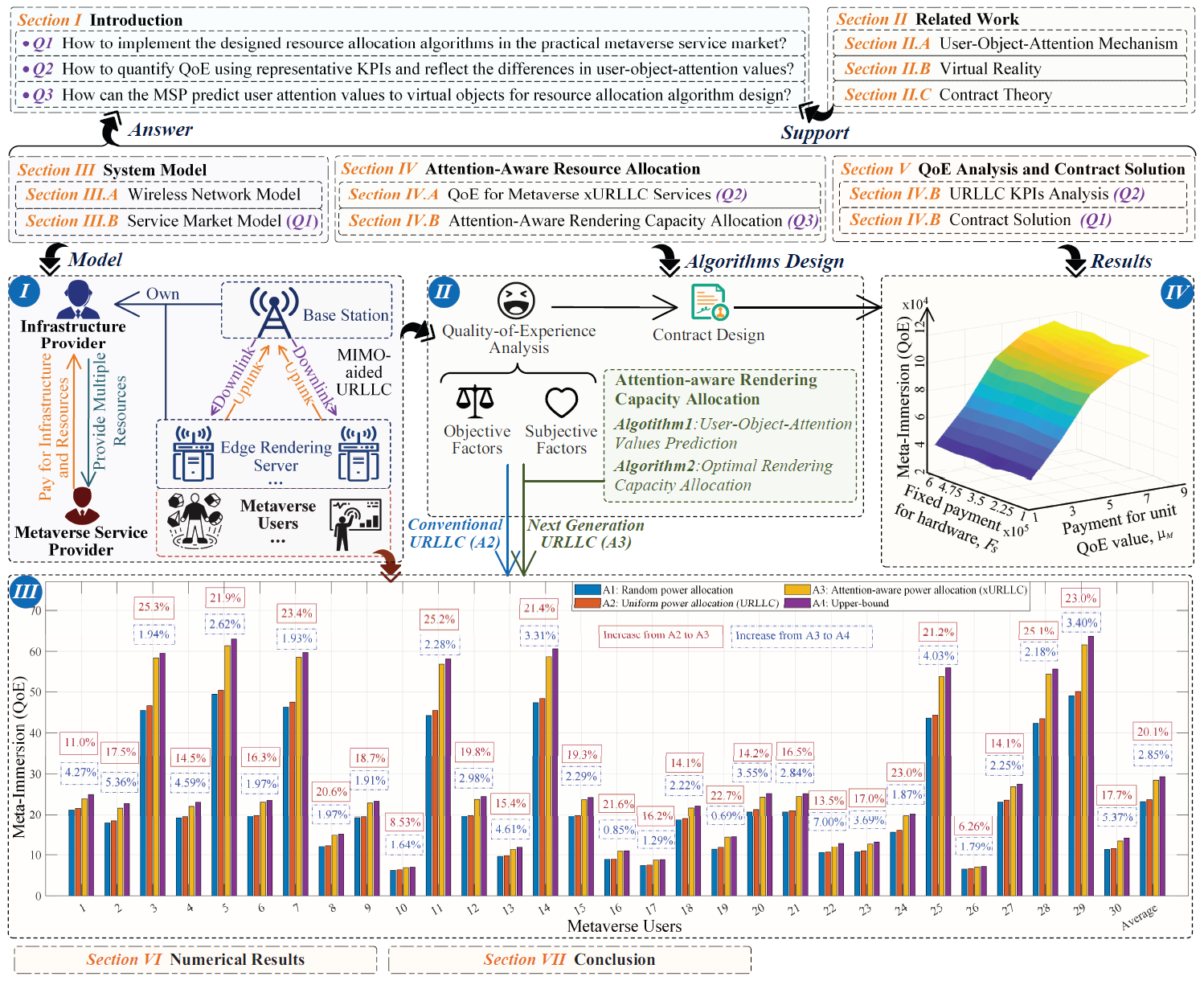
Fig. 1: Structure and main contributions of this paper. Part I shows the system model. Part II shows the ideas of QoE formulation and algorithms design. Part III shows that the Meta-Immersion of 30 users under three different resource allocation schemes, i.e., random, uniform (in conventional URLLC without considering the attention differences among users), attention-aware rendering capacity allocation (in xURLLC), and the upper-bound obtained from the ground truth. Part IV shows the Meta-Immersion versus the payment from the MSP to the network infrastructure provider (InP) for unit QoE value, uM, and the fixed payment from the MSP for using the hardware infrastructures, Fs.
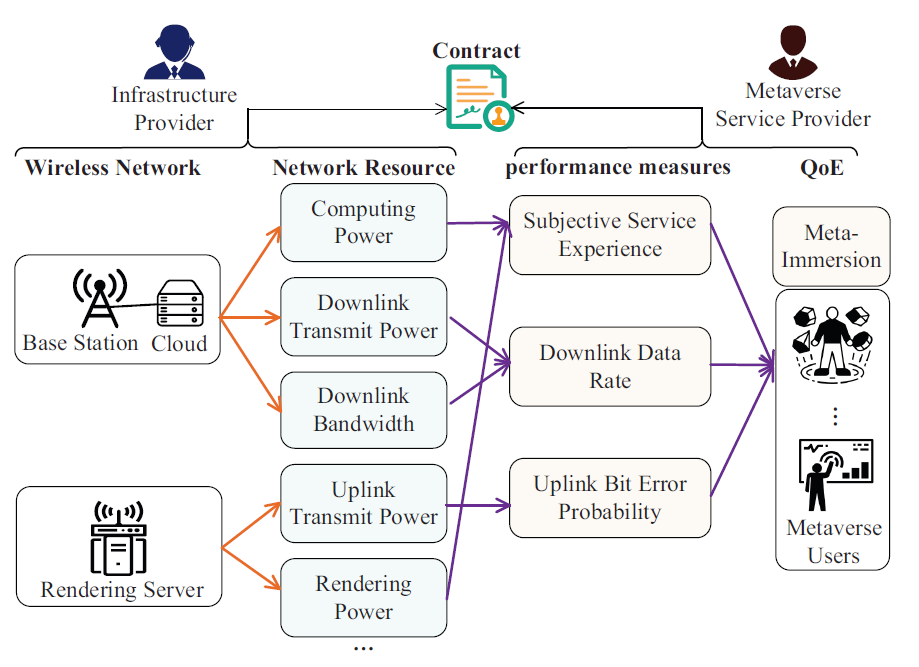
Fig. 2: A contract theory-based Metaverse xURLLC service market with multi-dimension resources and the QoE-based payment.
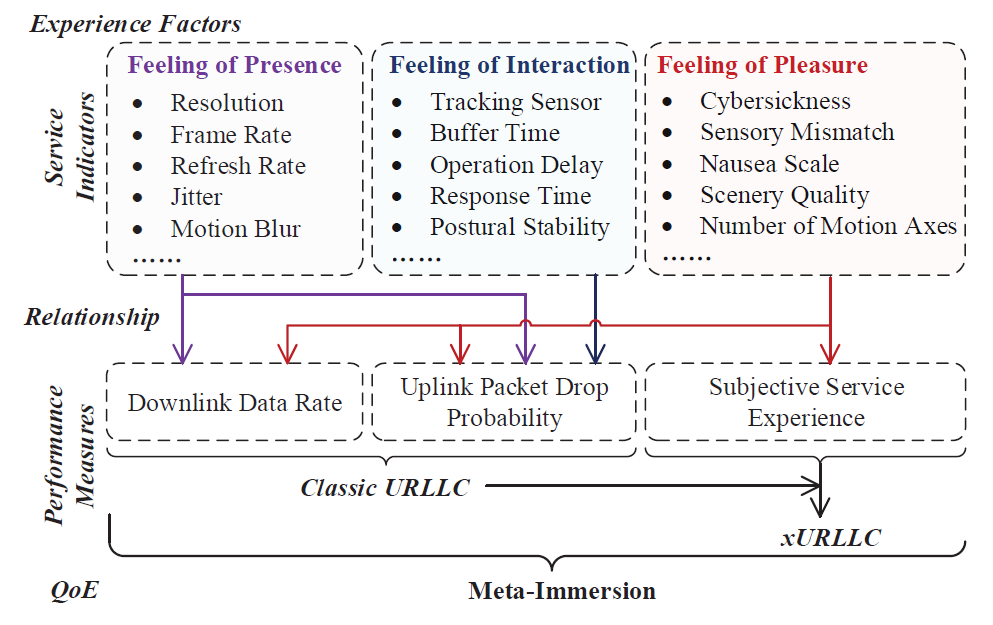
Fig. 3: A novel performance metric in Metaverse: Meta-Immersion, and corresponding experience factors, service indicators, and KPIs, a.k.a., performance measures.
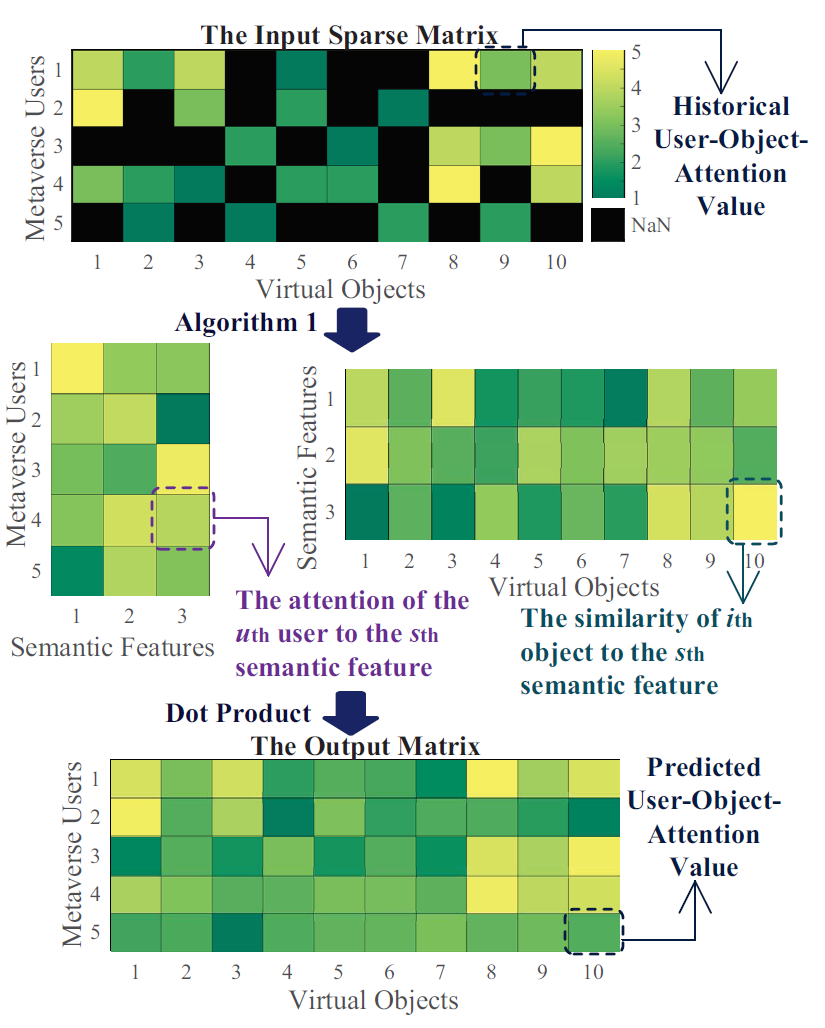
Fig. 4: The working principle of attention-aware user-object-attention values prediction.
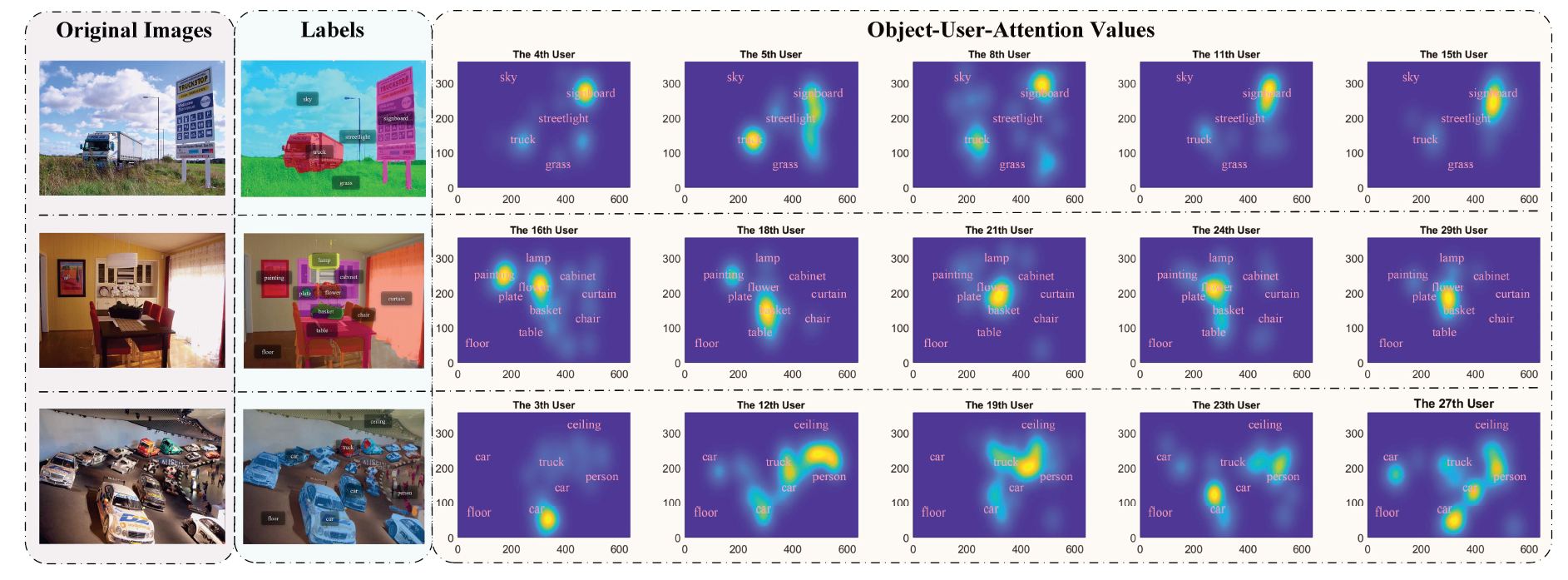
Fig. 5: Some examples for object labels and the user-object-attention values in UOAL.
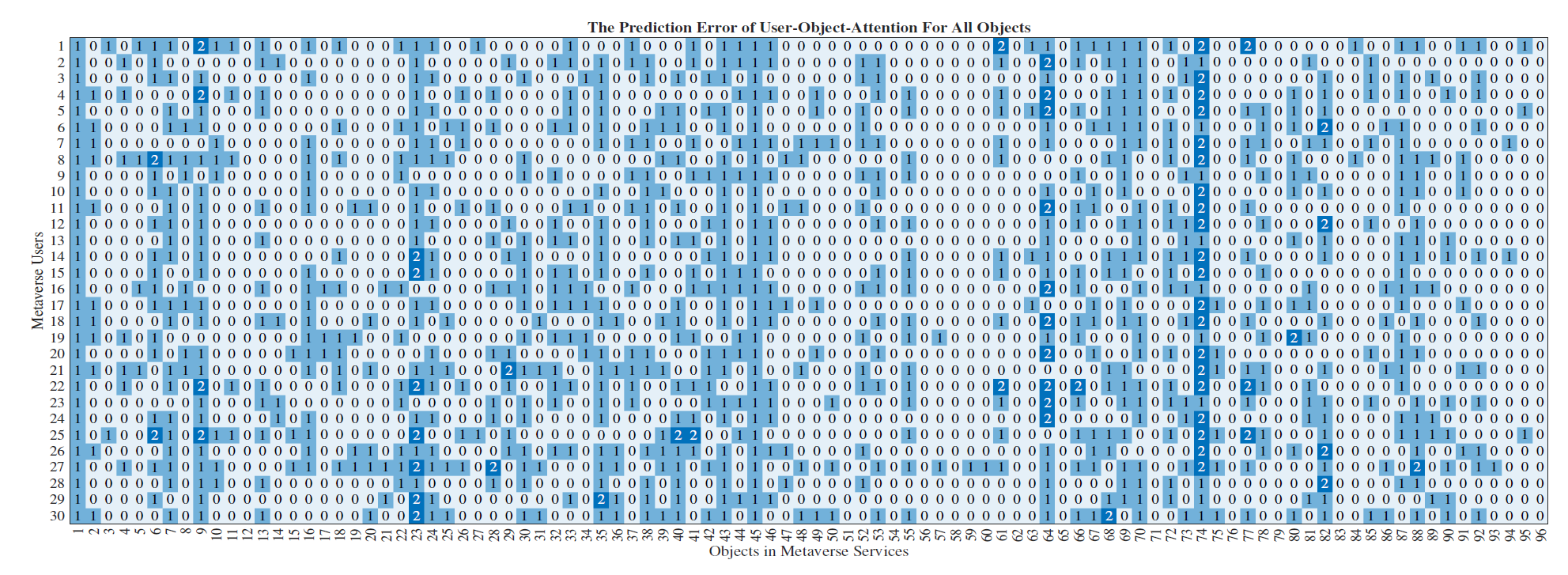
Fig. 8: The prediction error of user-object-attention values for all objects.
